There are several digital radio communications protocols. D-Star was perhaps the first in the Ham Radio world. There is no commercial radio application of D-Star. NXDN was featured on other pages on this web site. DMR is an open protocol developed in Europe and later adopted by Motorola with their MOTO TRBO system. NXDN uses a Frequency Division Multiple Access (FDMA) protocol. DMR uses a Time Division Multiple Access (TDMA) protocol. A DMR channel has two "time slots" where users can carry on two different simultaneous conversations on a single repeater channel. Among the other Ham Radio protocols used are P25 and System Fusion.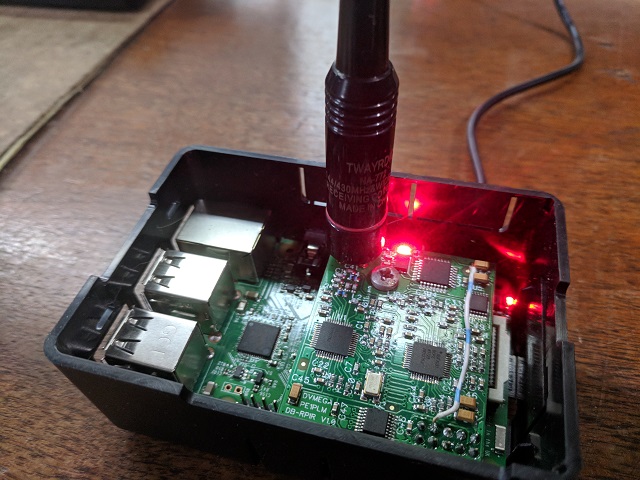
For DMR there are three types of systems: DMR-MARC which is governed by the Morotola Amateur Radio Club. DMR-MARC systems are pure DMR conforming to the Motorola standards. DMR+ is a variant promoted by the radio company Hytera. Then there is Brandmeister. The Brandmeister system is an open system. The restrictions are more open and conducive to experimentation. Brandmeister allows Hotspots. These are small internet connected transceivers that act like bridges connecting a radio to a repeater or another hotspot over the internet.
This is a hotspot I built using a Raspberry Pi 3 and a radio board called the DVMega. This one is a dual band transceiver that can operate on 144-148 MHz and 430 - 450 MHz. After you load the Pi-Star software, uodate the radio firmware, add an antenna and a power supply you will be on the air.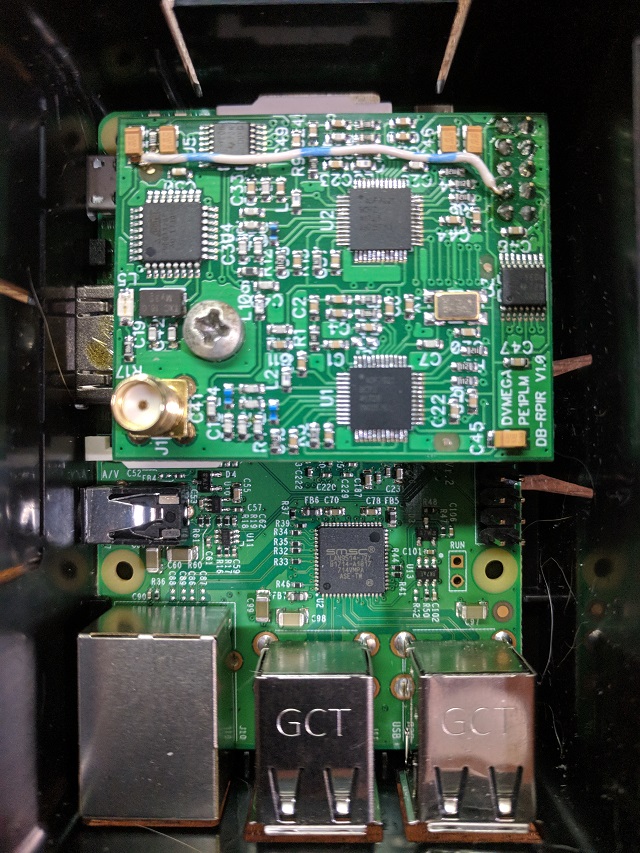
Here's a close-up view of the DVMega radio plugged into the Raspberry Pi's GPIO port.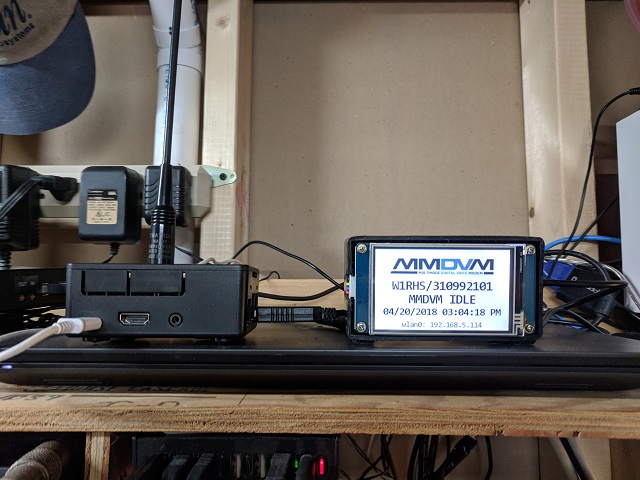
I added a Nexion display to the Raspberry Pi. It shows status and activities like call sign and DMR ID. This display connects to the Pi through a USB to TTL dongle.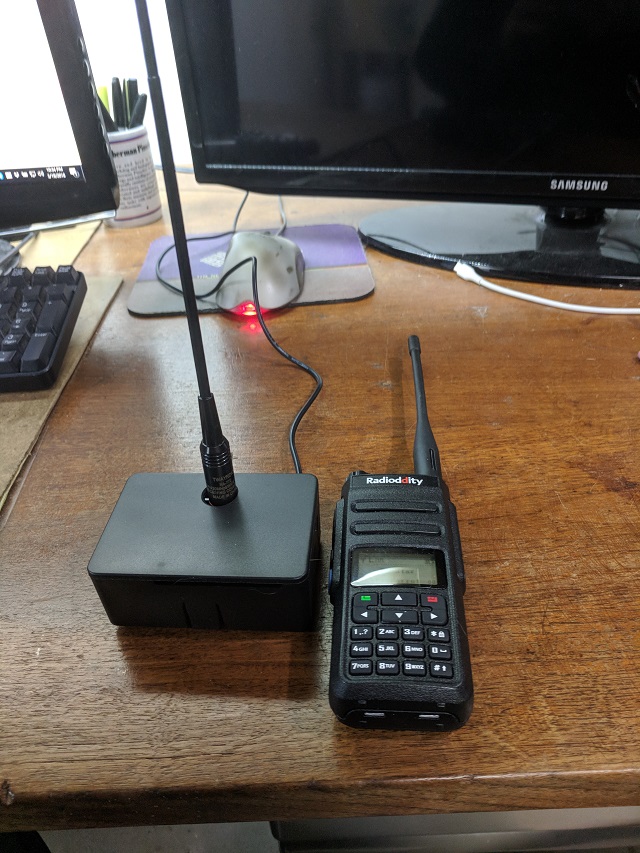
Here's a picture of the hotspot next to the Radiooddity GD-77 handheld DMR Radio.You can see how small the Hotspot is compared to the Radio.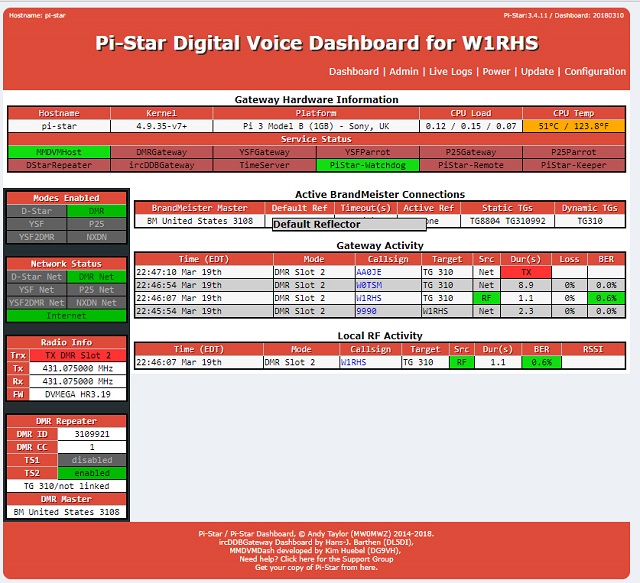
Finally we have a screen shot of the Pi-Star software GUI. You download the Pi-Star image and flash it on to an SD memory card. Boot up the Pi with this card. Then all you have to do is configure Pi-Star over the web interface.
DMR - Digital Mobile Radio
- Details
- Hits: 2591



